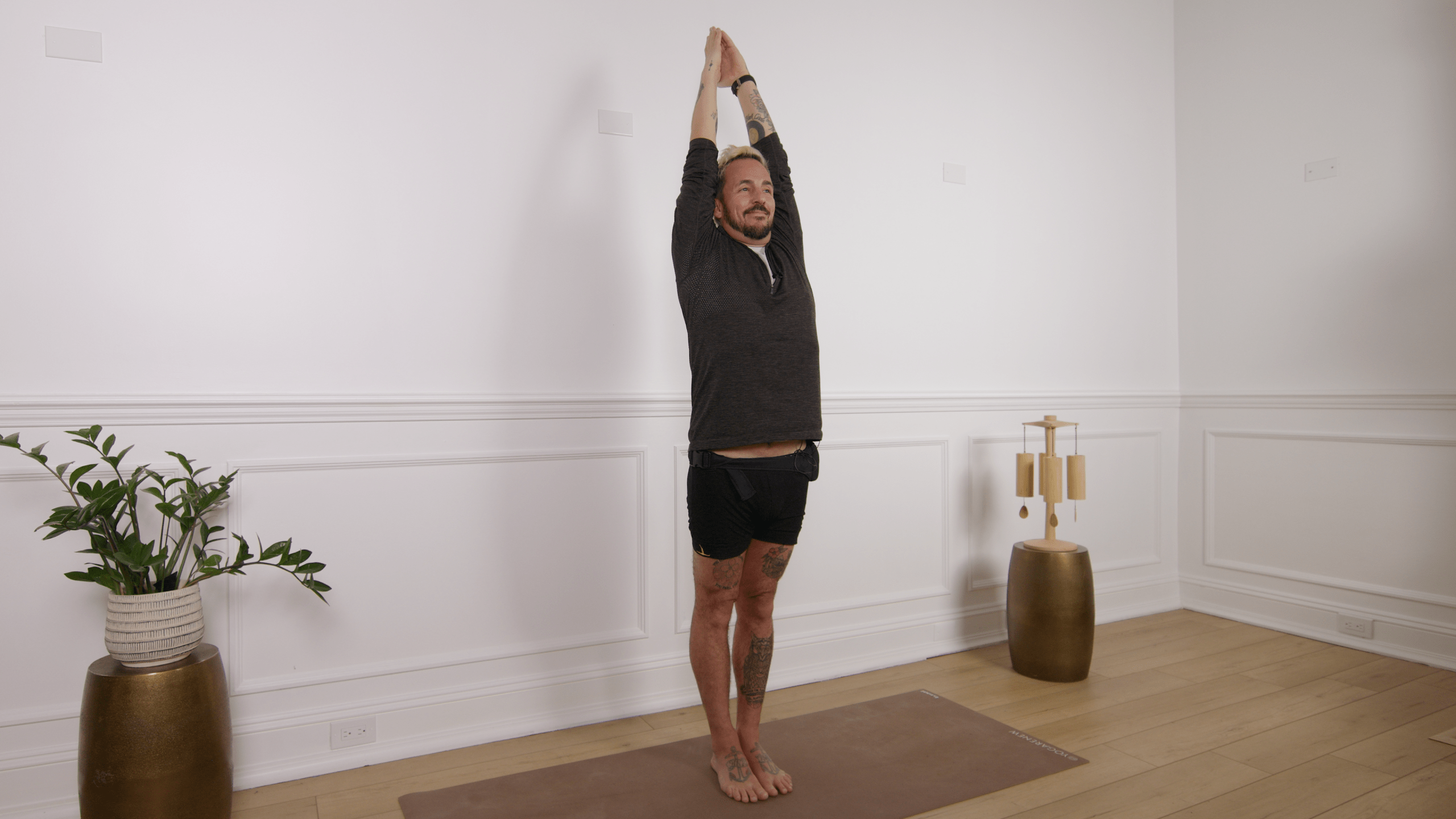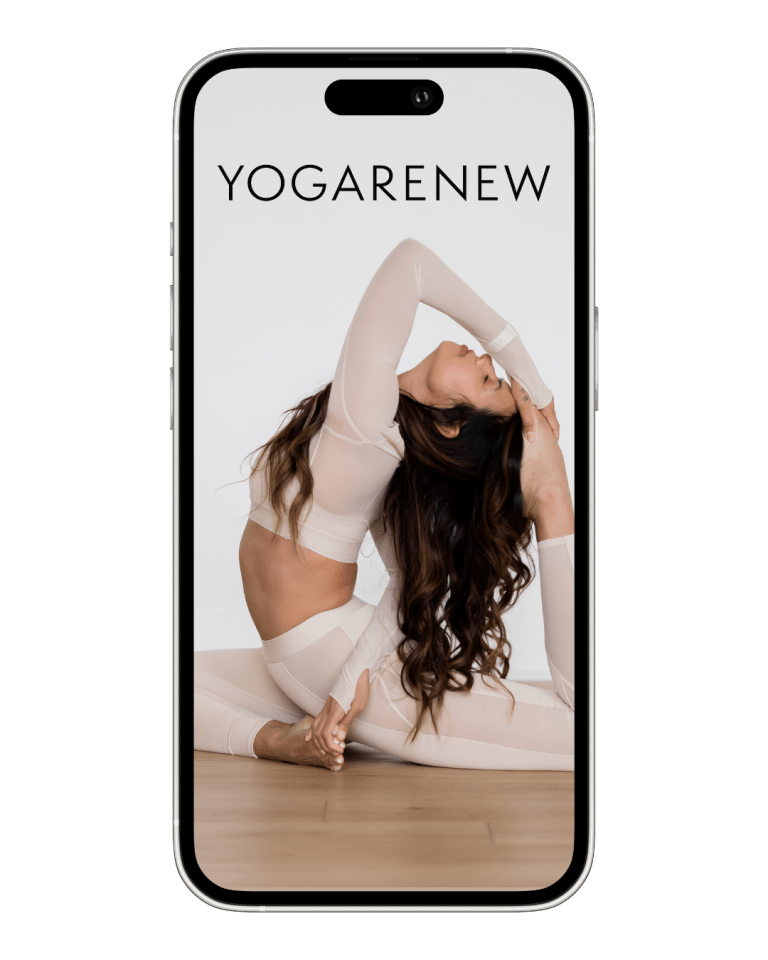What is Upward Salute?
English Name: Upward Salute (Hands Together)
Sanskrit Name: Urdhva Hastasana (pronounced OORD-vah hahs-TAH-suh-nuh)
Category: Foundational, Standing, Gentle, Beginner

English Name: Upward Salute (Hands Together)
Sanskrit Name: Urdhva Hastasana (pronounced OORD-vah hahs-TAH-suh-nuh)
Category: Foundational, Standing, Gentle, Beginner
Upward Salute, or Urdhva Hastasana, is a foundational standing pose that stretches the entire body upward while grounding firmly through the feet. Performed with the hands together overhead, this version emphasizes alignment, energy extension, and balance. It encourages spaciousness through the sides of the body, improves posture, and helps awaken the breath. Often used as a transition or a preparatory pose, Upward Salute integrates grounding and elevation—making it an essential shape in many styles of yoga, including Vinyasa, Hatha, and beginner sequences.
Upward Salute is a deceptively simple pose that builds body awareness, improves posture, and helps reset the breath. It prepares the body for more complex movements while grounding the mind in the present moment. Whether used as part of a Sun Salutation or on its own, Urdhva Hastasana teaches how to extend with grace and strength, cultivating both presence and poise.
Yes, but keep your arms wider or bring hands only to shoulder height to avoid strain.
Both—it energizes the body but can also be grounding when paired with slow, mindful breath.
Focus on engaging the legs, lengthening through the sides, and lifting the sternum without flaring the ribs.

Explore classes & pose tutorials for any style, format, duration or experience level with a free account in the YogaRenew app. Or subscribe and gain access to workshops, live classes and more.